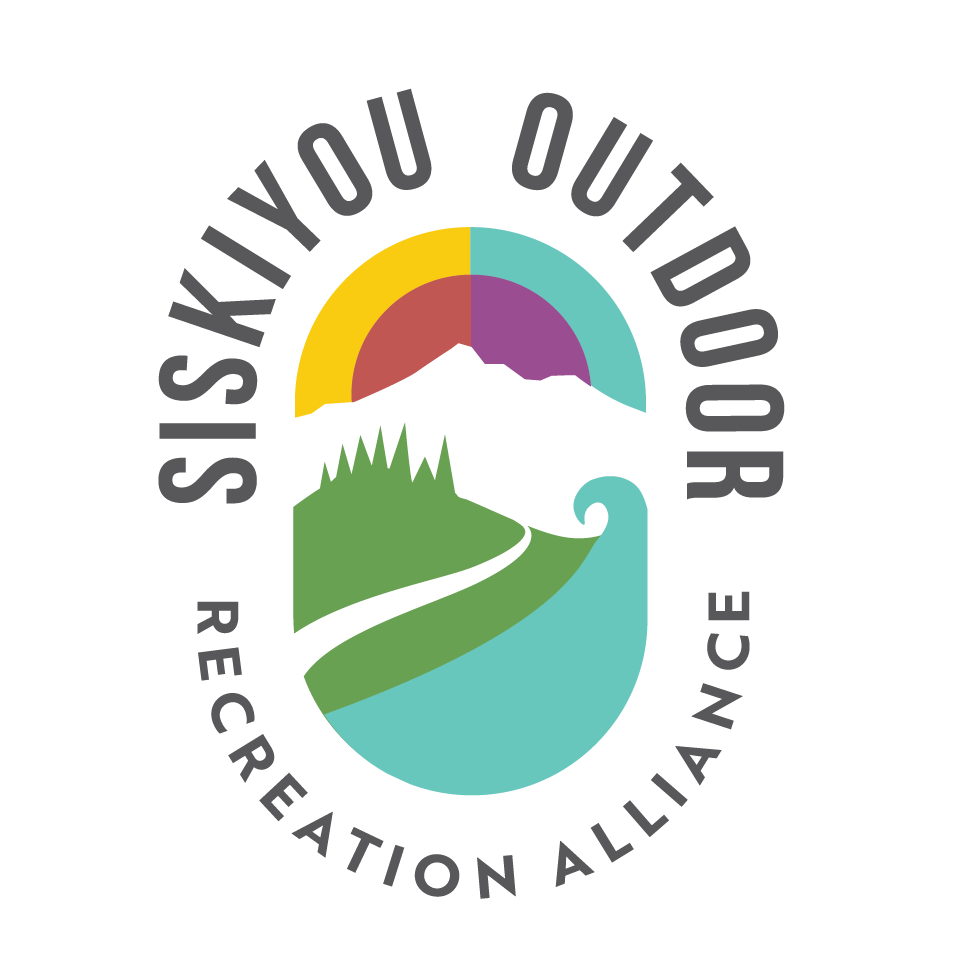program structure
The SSC is a program of the Siskiyou Outdoor Recreation and will be a partnership between local landowners, land managers, and Siskiyou County municipalities. SSC is in the process of establishing partnership agreements and memorandums of understating with these entities. The Corps will work autonomously and alongside project partners in coordination with volunteers to accomplish objectives set by land management agencies, local government agencies, and nonprofit partners.
The program will be managed by the SSC lead crew member, a full-time seasonal position, and the SORA program coordinator under the direction of the executive director and board of directors. The lead crew member will communicate with land managers and project partners, develop daily work plans, train and manage trail host volunteers in the field, facilitate visitor outreach and education activities at local trailheads and campgrounds, and at tabling events. This person will also organize trash cleanup, trail work, habitat restoration, and other tasks identified by the community and landowners. The SORA program coordinator will manage volunteer scheduling as well as program marketing and outreach.
scope of work
The program will roll out in two phases, which will allow us to start with a small budget and address the immediate need for public outreach and education at busy recreation areas for the 2021 summer/fall season.
2022 Phase Two Trail Work
Phase two will focus on training staff and volunteers to assist local trail organizations and landowners with on-the-ground improvements such as trail maintenance and construction, habitat protection, and signage. Phase two will also include the development of a data collection system. SSC will collect data on user interactions, maintenance issues, general trail conditions, and assistance administered. The specifics of data collection will be covered in the mandatory training sessions.
2021 Phase One Program Implementation & Public Outreach
In phase one, we will hire and train a lead crew member, coordinate and train volunteers, finalize partnership agreements, and develop the public outreach curriculum. Outreach activities include tabling and roving at high-use recreation areas to disseminate standardized, accurate, current information and spread a welcoming message of responsible and sustainable use of the recreation landscape.
The public outreach component will be an excellent opportunity to catch users before they hit the trail, lake, or river to answer questions and assist with clarifying misinformation. It is also a perfect opportunity to share local knowledge and report issues to land managers. Phase one will also include trash cleanup at popular recreation areas.

